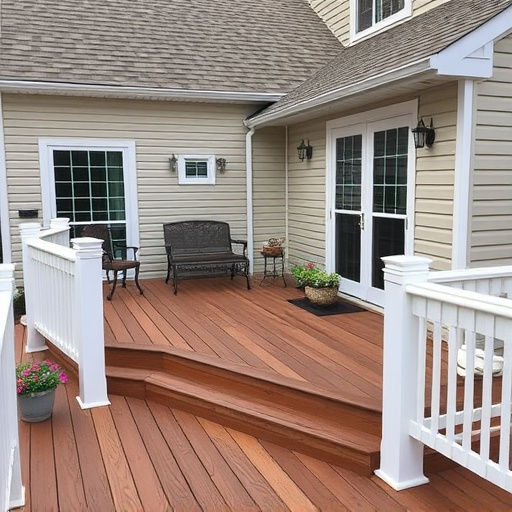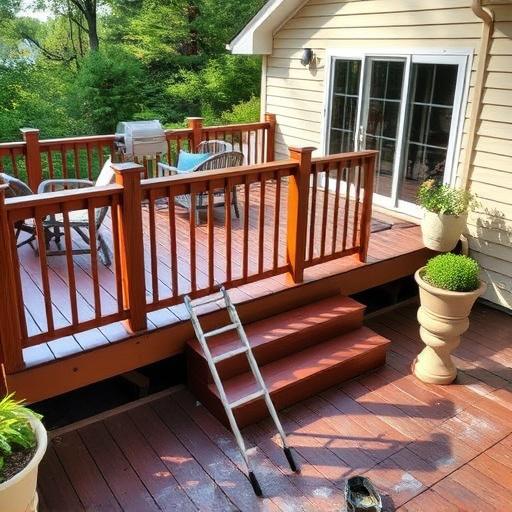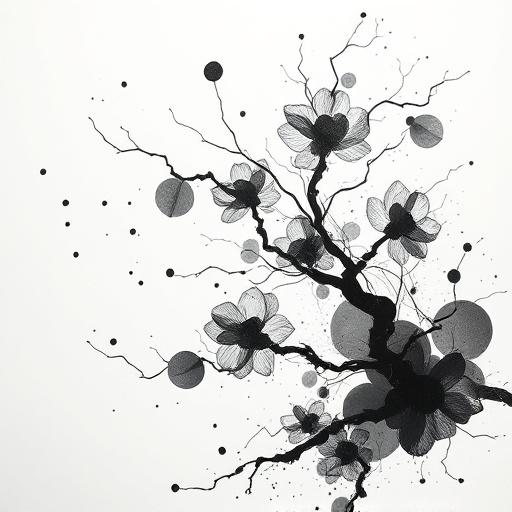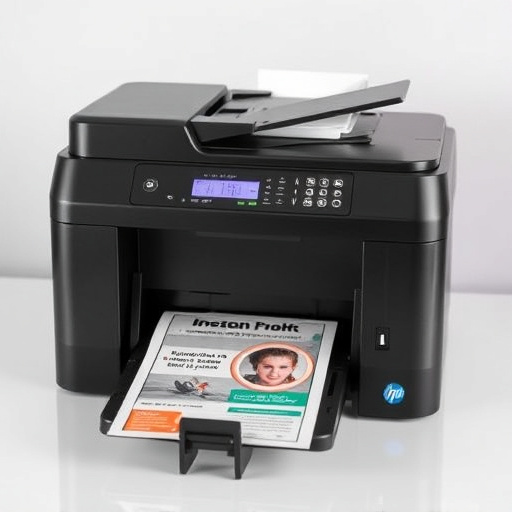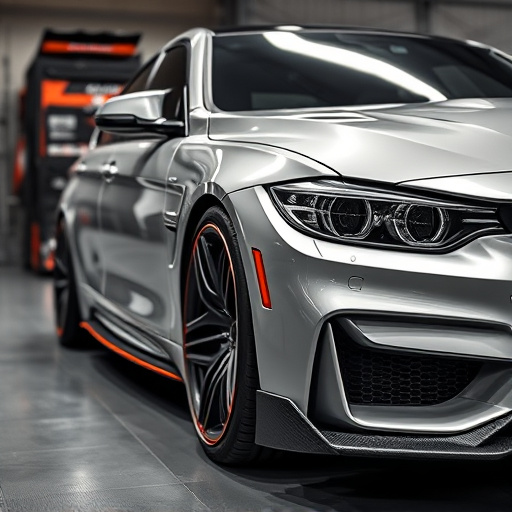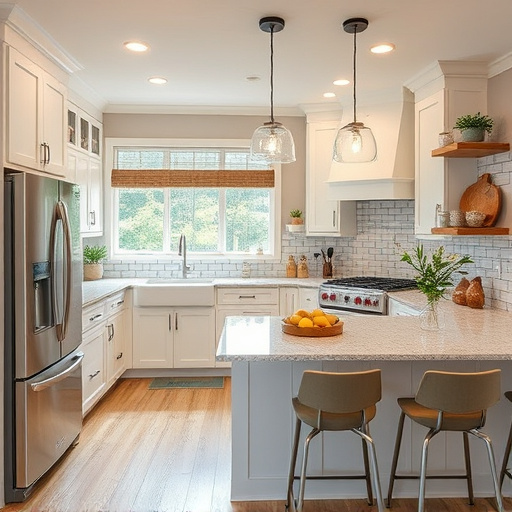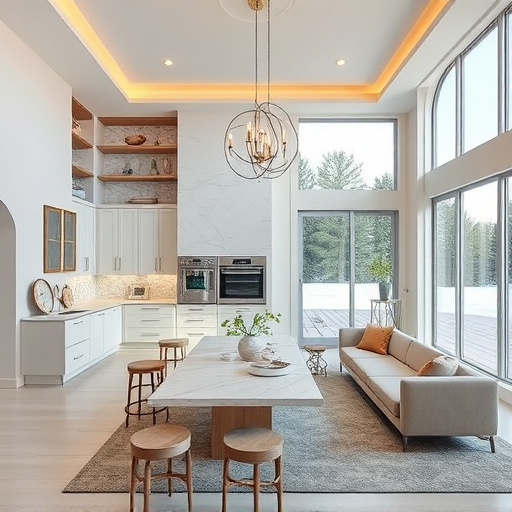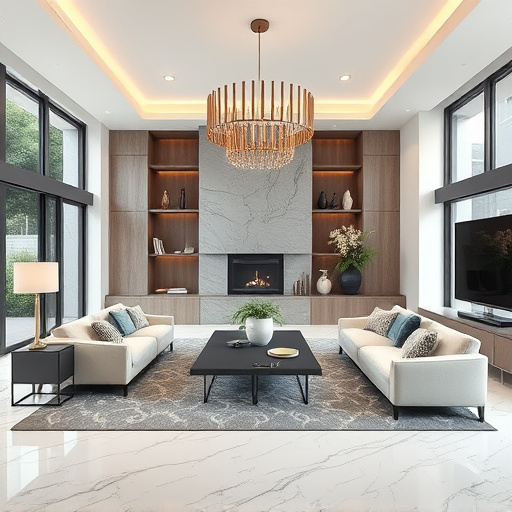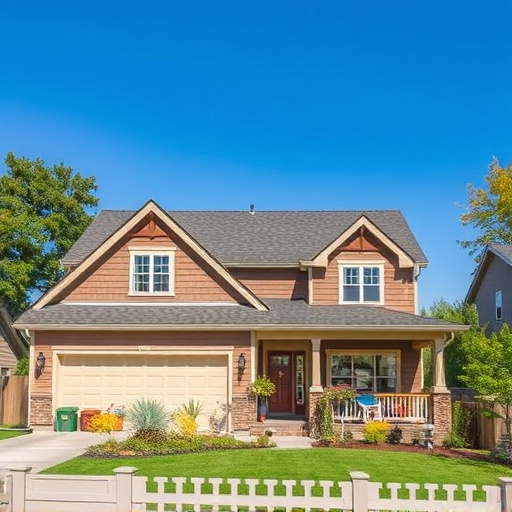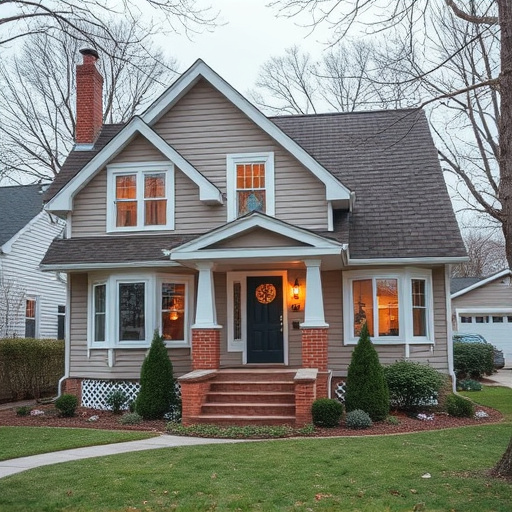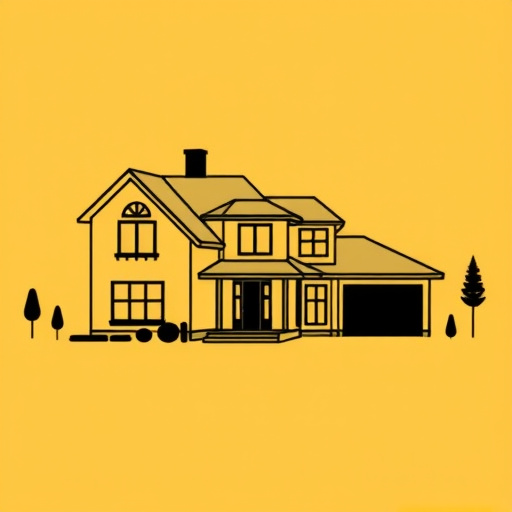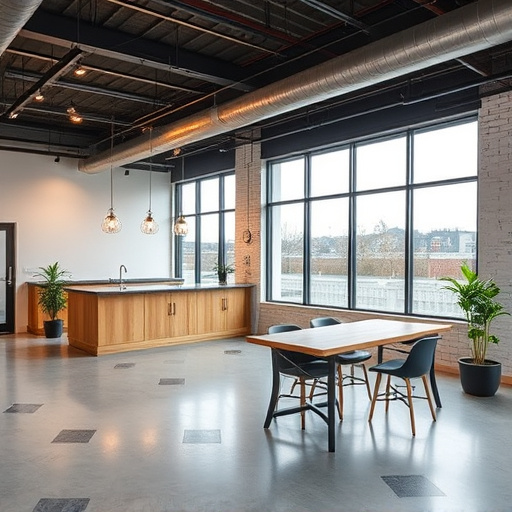Innovative construction design using advanced materials and technologies is transforming urban landscapes. Eco-friendly options like recycled steel and bamboo, along with 3D printing, enhance functionality and aesthetics while reducing carbon footprints. Green infrastructure such as vertical gardens, green roofs, and walls create vibrant, sustainable city spaces. Smart city initiatives leverage IoT sensors for improved traffic management, resource allocation, and public safety. These modern construction design solutions prioritize environmental stewardship and well-being, benefiting both cities and renovation projects.
“Modern Construction Design Solutions For Urban Projects” explores innovative approaches reshaping cityscapes. From groundbreaking materials pushing the boundaries of urban construction, to sustainable practices greening dense landscapes, and smart cities integrating technology for efficient living – these trends redefine how we build and inhabit metropolitan areas. Discover cutting-edge strategies enhancing quality of life while addressing environmental and societal challenges in today’s evolving urban landscape through advanced construction design.
- Innovative Materials: Pushing Boundaries in Urban Construction Design
- Sustainable Practices: Greening City Landscapes Through Modern Design Solutions
- Smart Cities: Integrating Technology into Urban Construction for Efficient Living
Innovative Materials: Pushing Boundaries in Urban Construction Design
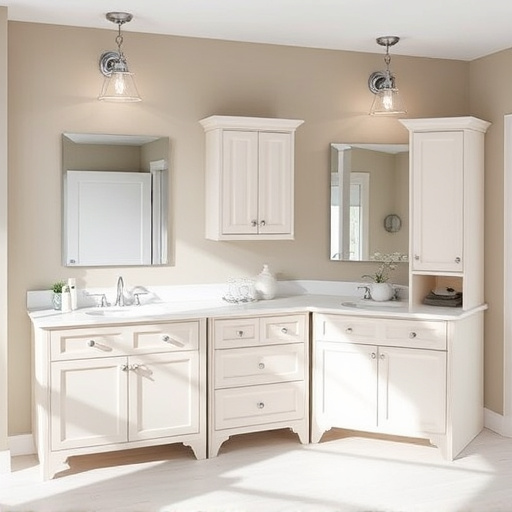
In modern construction design for urban projects, innovative materials are playing a pivotal role in pushing boundaries and redefining city landscapes. From smart bricks that change color based on temperature to high-performance composites that enhance structural integrity, these cutting-edge solutions not only improve functionality but also contribute to sustainability and aesthetic appeal. Architects and engineers are leveraging advanced technologies like 3D printing to create intricate designs that were once unimaginable, ensuring each project stands out as a testament to human creativity and engineering prowess.
Additionally, the integration of eco-friendly materials is becoming increasingly prevalent, with an emphasis on reducing carbon footprints and minimizing waste. For instance, recycled steel and bamboo are being used in various applications, from floor replacements to intricate furniture designs within kitchen and bath spaces. These sustainable practices not only cater to the growing demand for environmentally conscious construction design but also offer long-term benefits, such as reduced maintenance costs and improved interior painting outcomes due to better material quality and longevity.
Sustainable Practices: Greening City Landscapes Through Modern Design Solutions
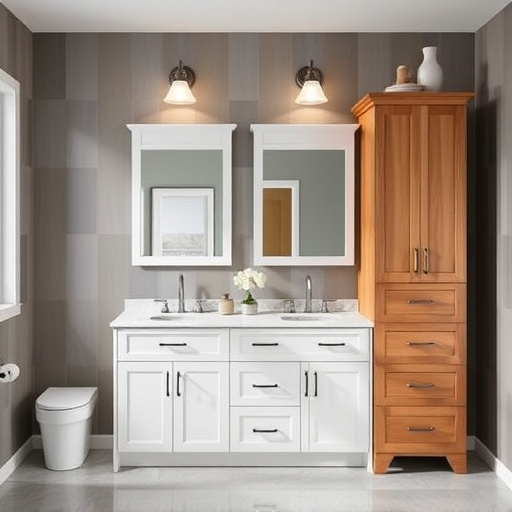
Modern construction design solutions are transforming urban landscapes into vibrant, sustainable oases. Through innovative integration of green infrastructure and eco-friendly materials, cities can mitigate environmental impact while enhancing aesthetics and functionality. For instance, incorporating vertical gardens not only reduces carbon footprints by cooling buildings but also adds a splash of color to concrete jungles, making urban spaces more livable.
Moreover, smart design choices like implementing green roofs and walls not only promote biodiversity but also offer solutions for water management, reducing stormwater runoff. These practices extend beyond mere aesthetics; they represent a holistic approach to urban development that considers the well-being of both residents and the environment. Incorporating these sustainable practices in construction design is crucial for creating cities of the future that are as beautiful as they are resilient, setting the stage for successful home renovation projects while ensuring a greener, more sustainable urban landscape.
Smart Cities: Integrating Technology into Urban Construction for Efficient Living
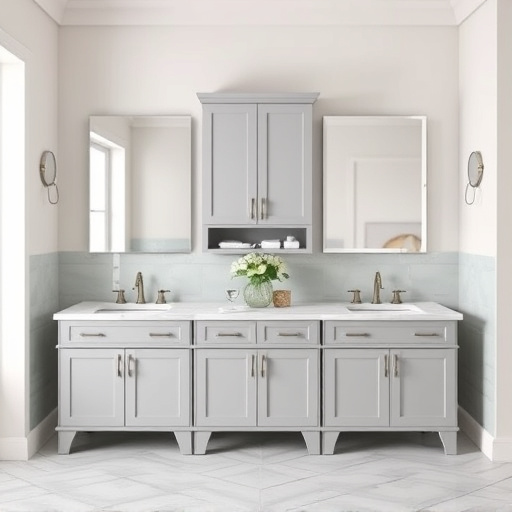
Modern cities are embracing technology to create smarter and more efficient urban environments. Construction design plays a pivotal role in this transformation, integrating innovative solutions that enhance daily life for residents. By leveraging advanced tools and systems, builders and architects can develop infrastructure with enhanced connectivity, data-driven insights, and automated processes. This results in improved traffic management, optimized resource allocation, and enhanced public safety.
For instance, smart city initiatives include the implementation of IoT sensors to monitor air quality, energy consumption, and waste management. These real-time data feeds enable more informed decision-making for urban planners and developers. Moreover, renovation services and residential renovations can benefit from this tech-driven approach, allowing for the creation of energy-efficient homes with integrated automation systems that improve comfort and convenience for occupants.
Modern construction design solutions are transforming urban projects, integrating innovative materials, sustainable practices, and smart technology. These advancements not only enhance aesthetics but also promote efficient living and environmental stewardship. By embracing these cutting-edge approaches, cities can evolve into vibrant, eco-friendly metropolises that prioritize both progress and sustainability in the built environment.
